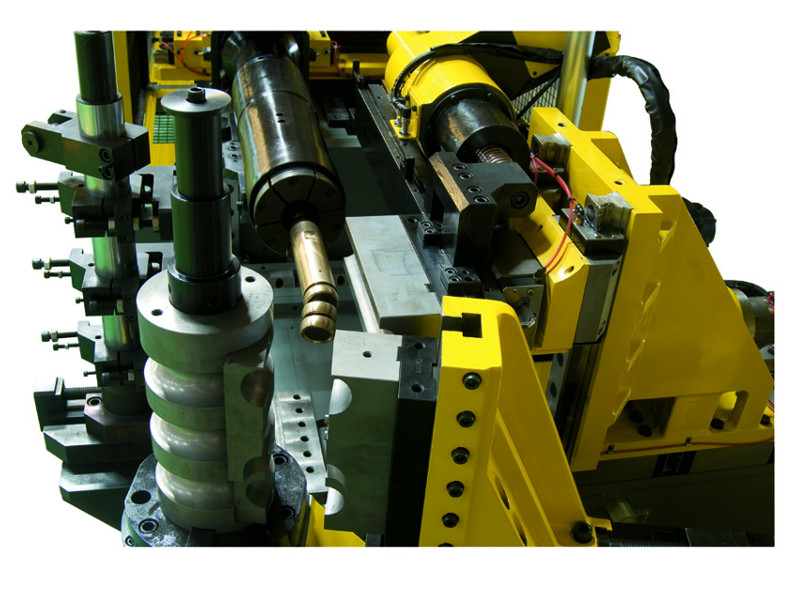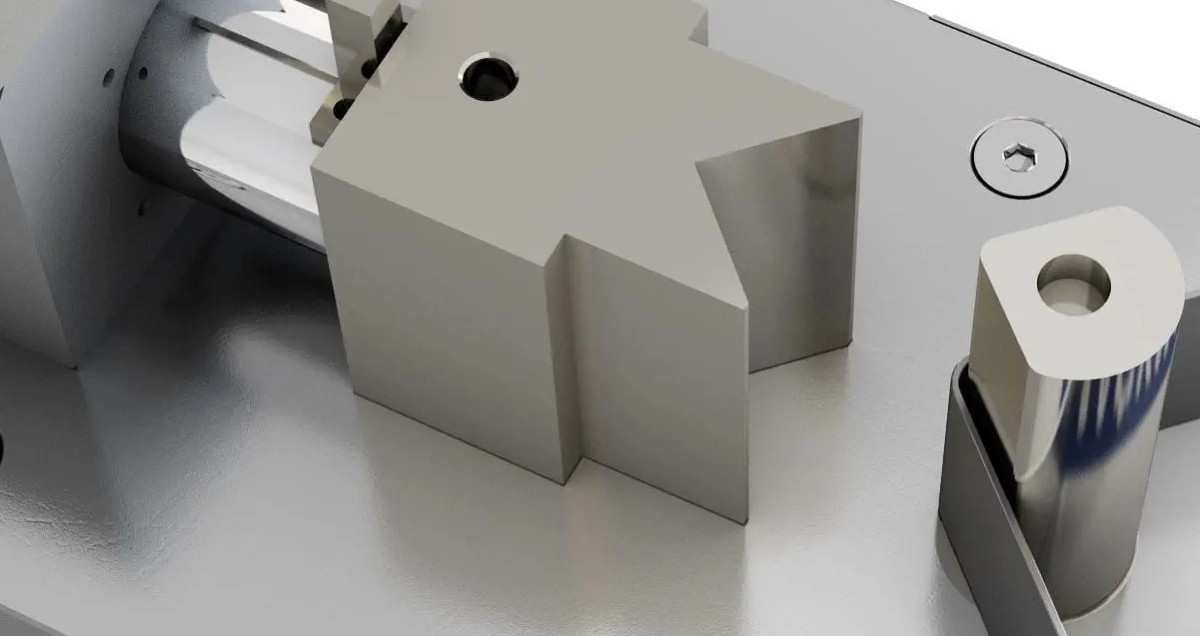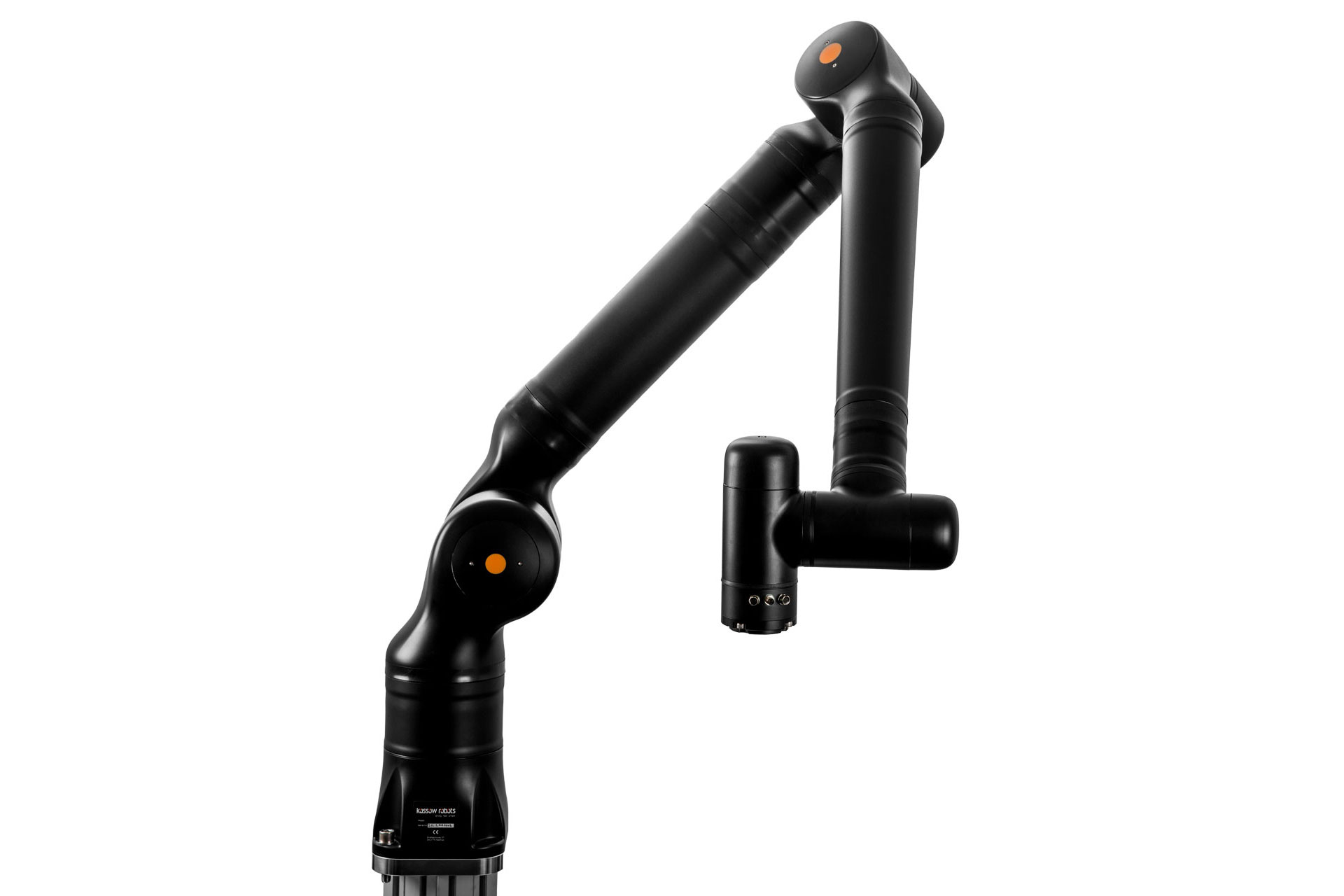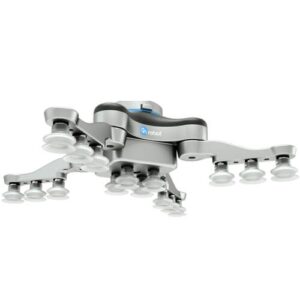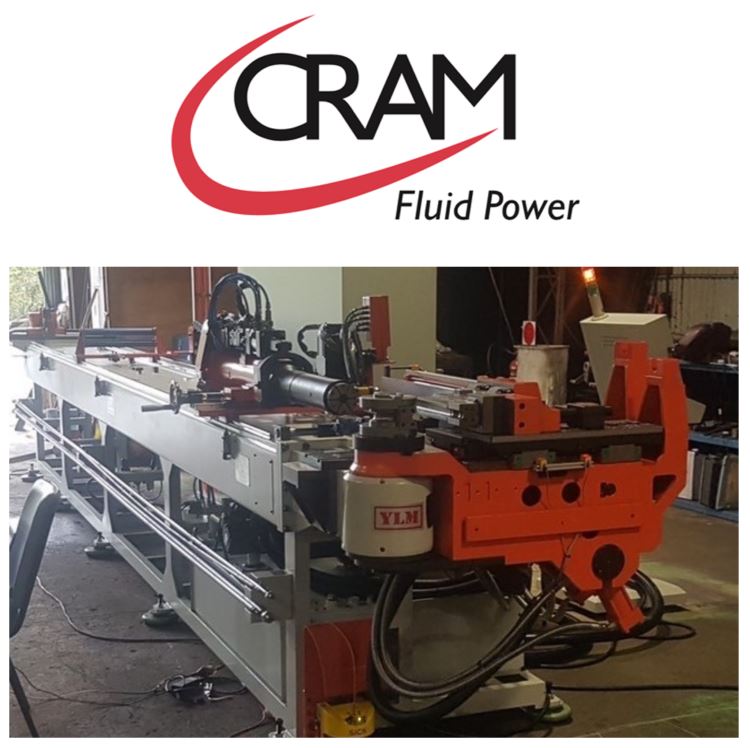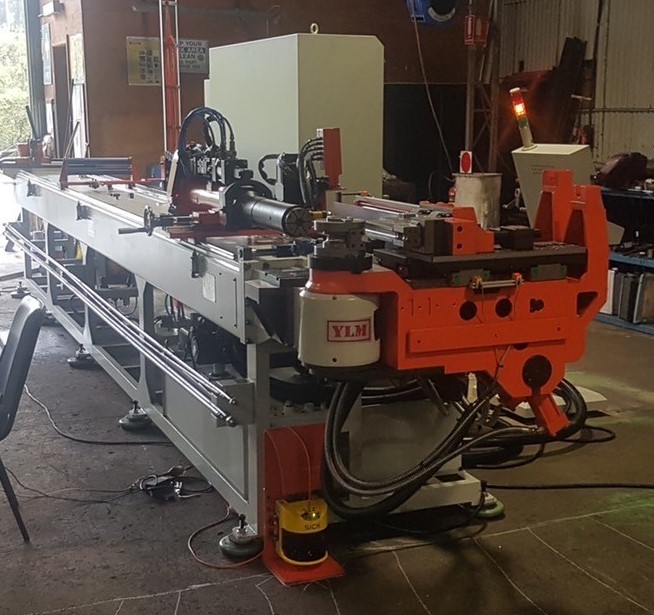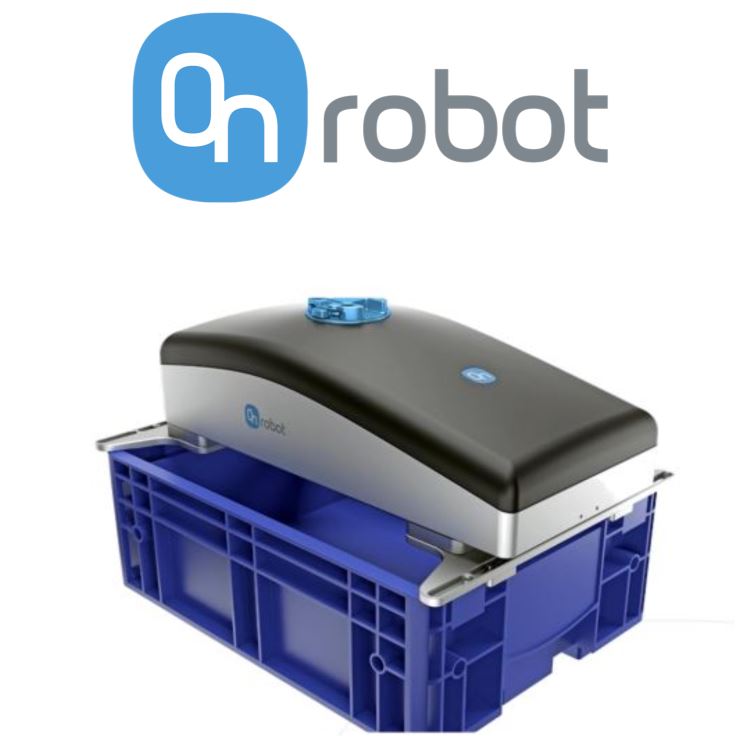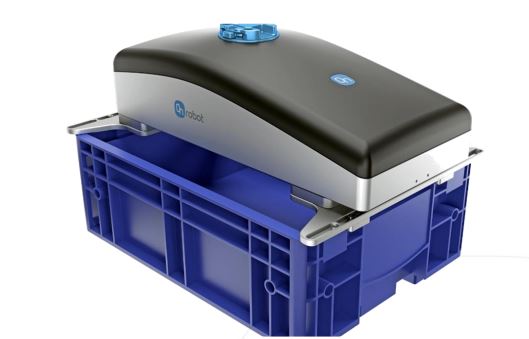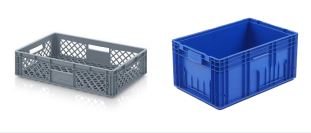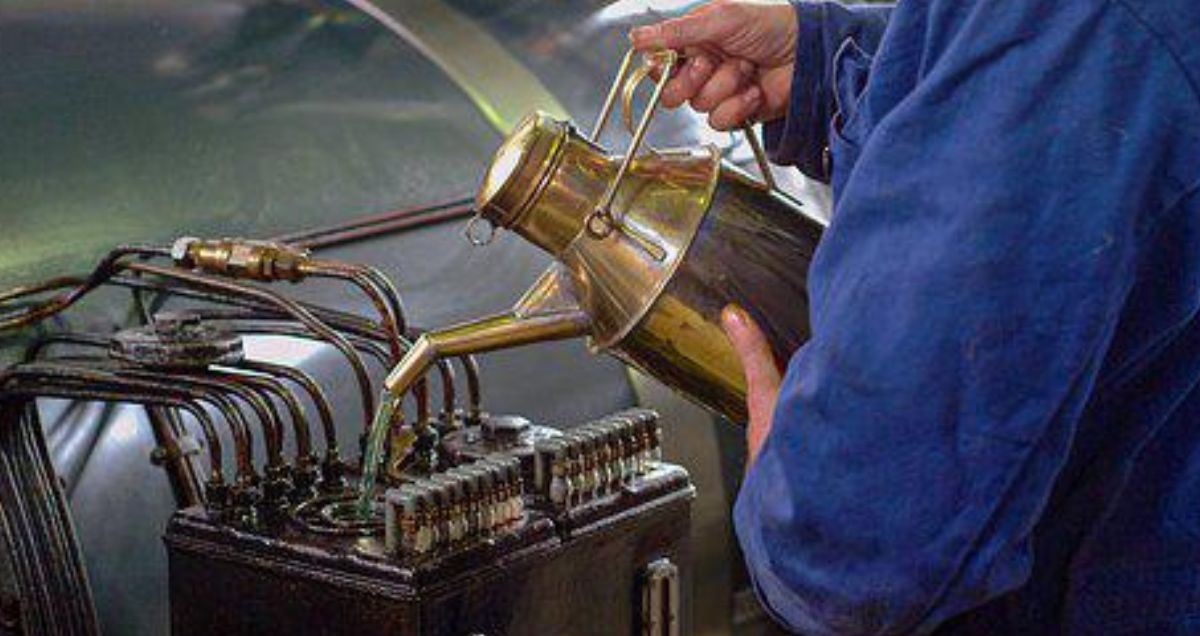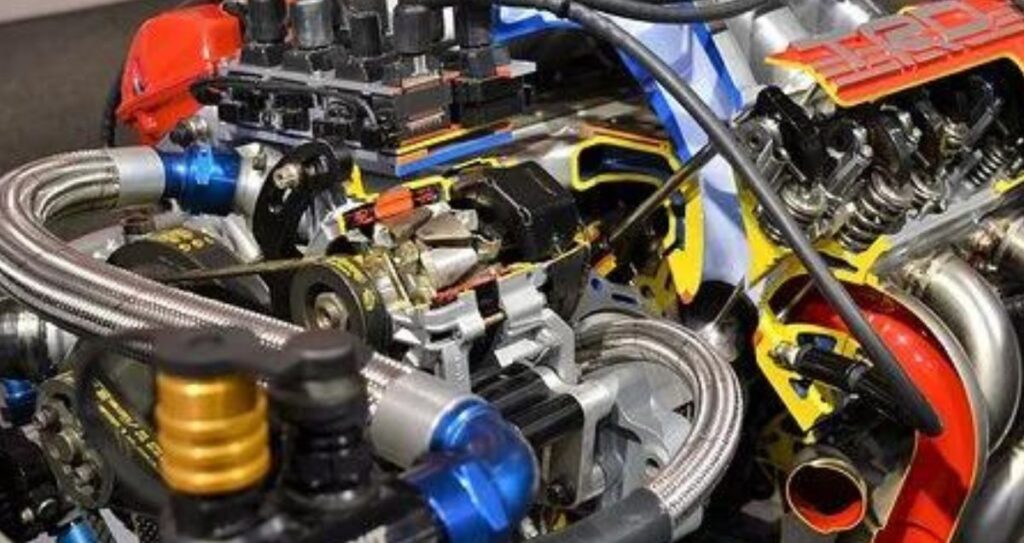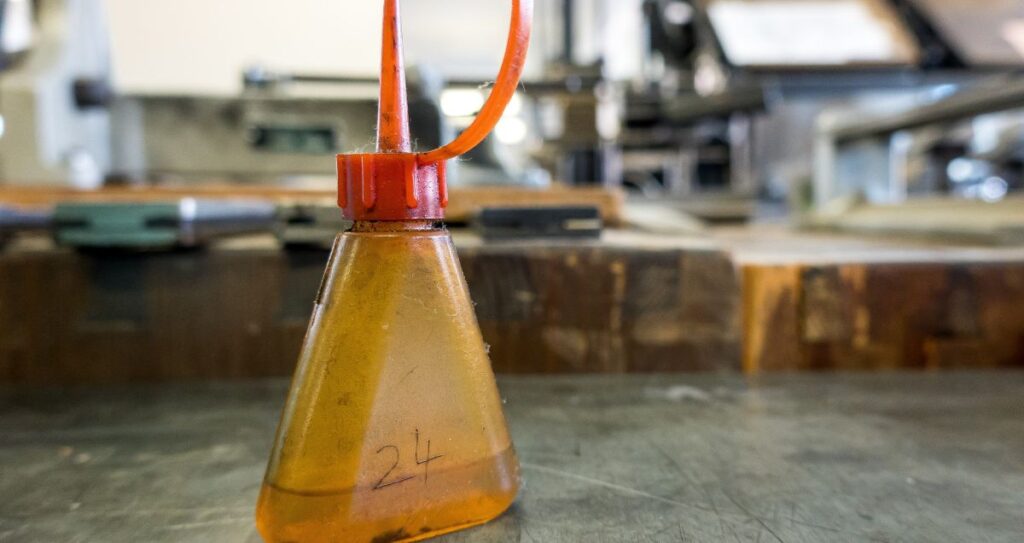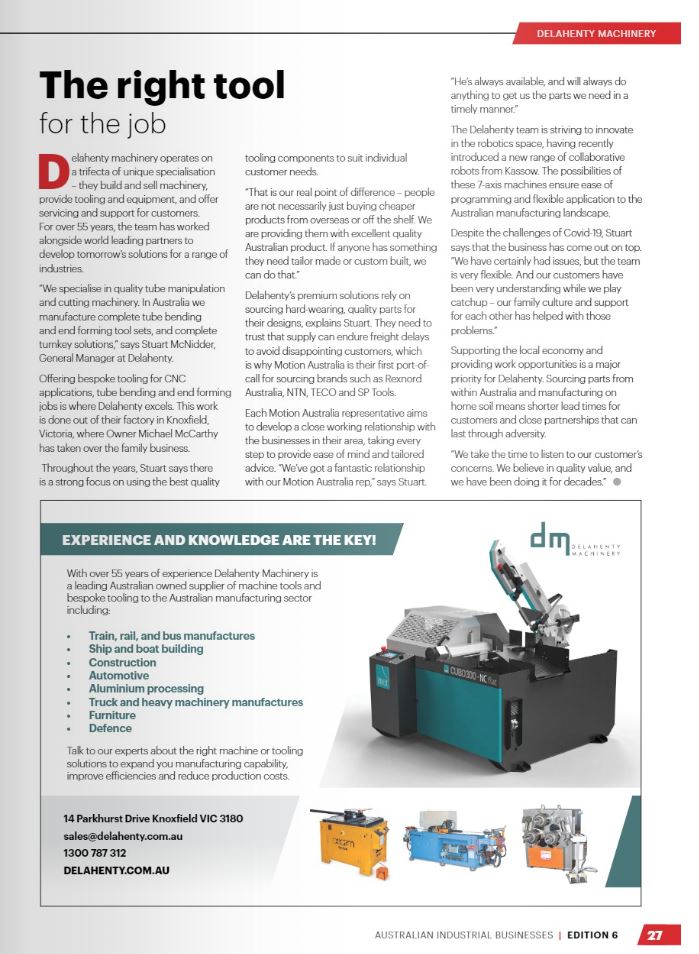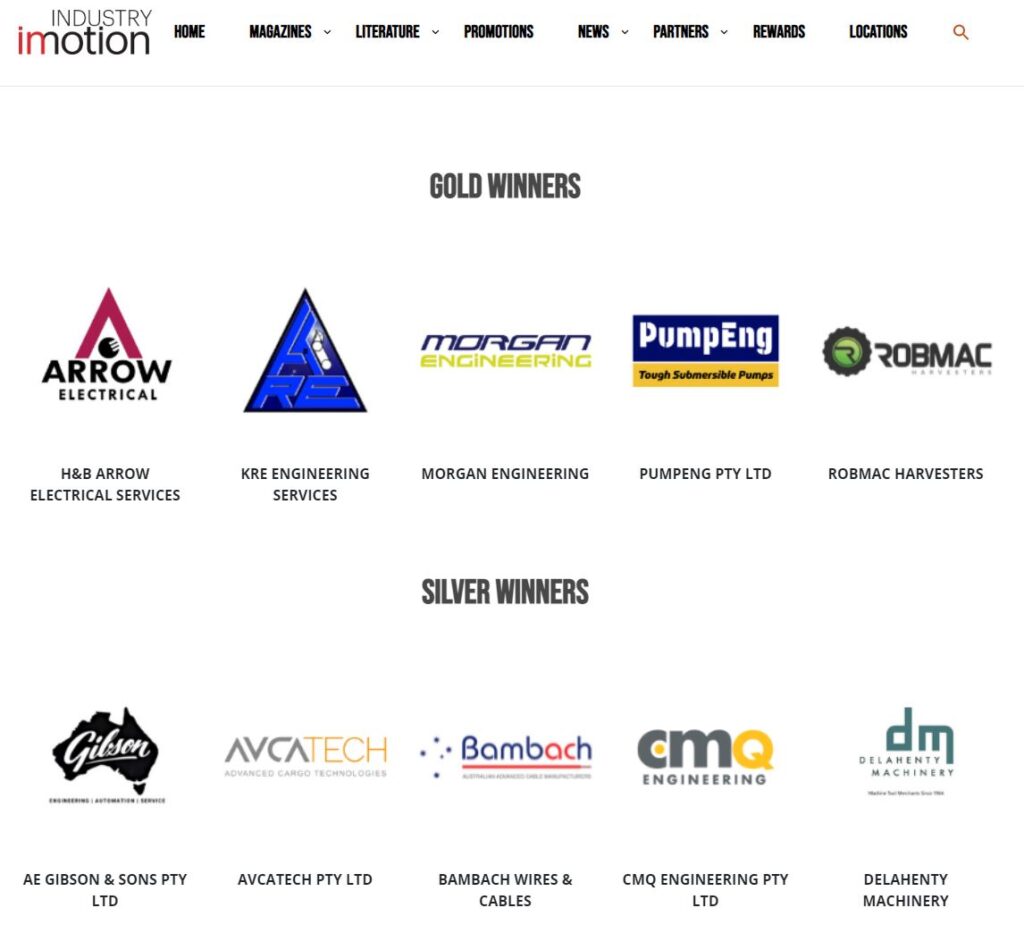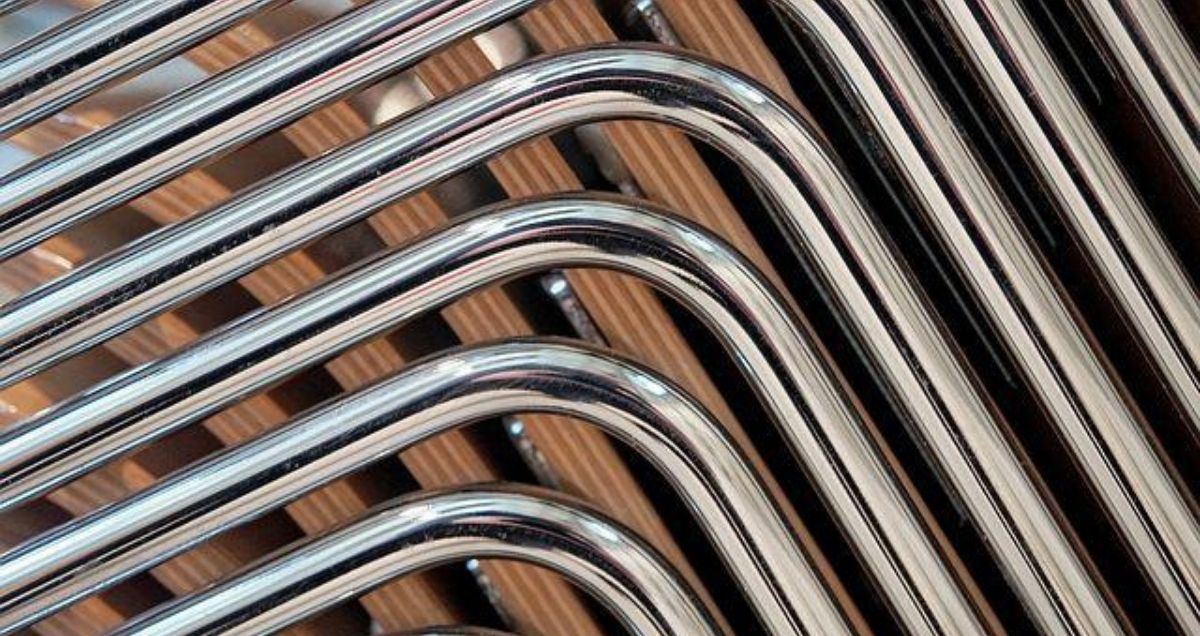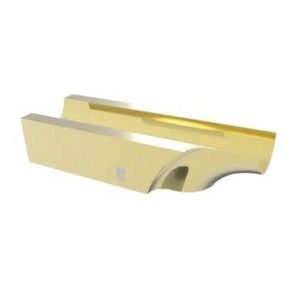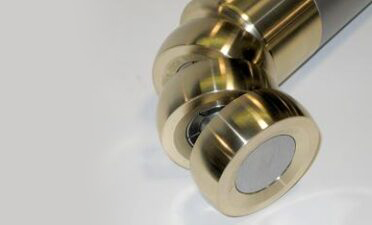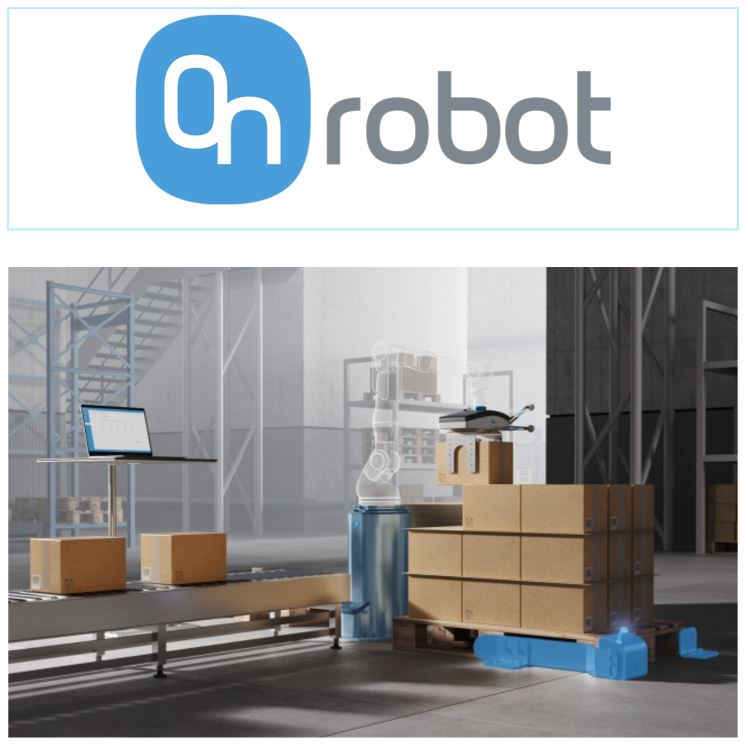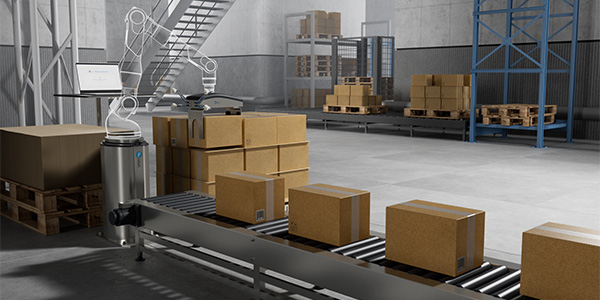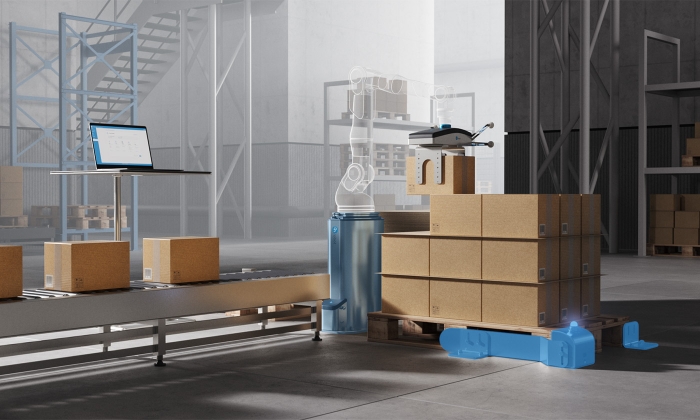Tube bend tooling and pipe bending tools enable you to bend tubes and pipes to your desired angle without damaging their structure. Various types of tube bend tooling are available to suit different applications and requirements.
Tube and Pipe bending tools are available in different types and sizes for various applications. They can be used to bend tubes and pipes made of many different materials including copper, aluminium, stainless, or steel. If you want to bend the tube and pipe in tight radii, then choosing the right tool is very important.
Tube Bend Tooling:
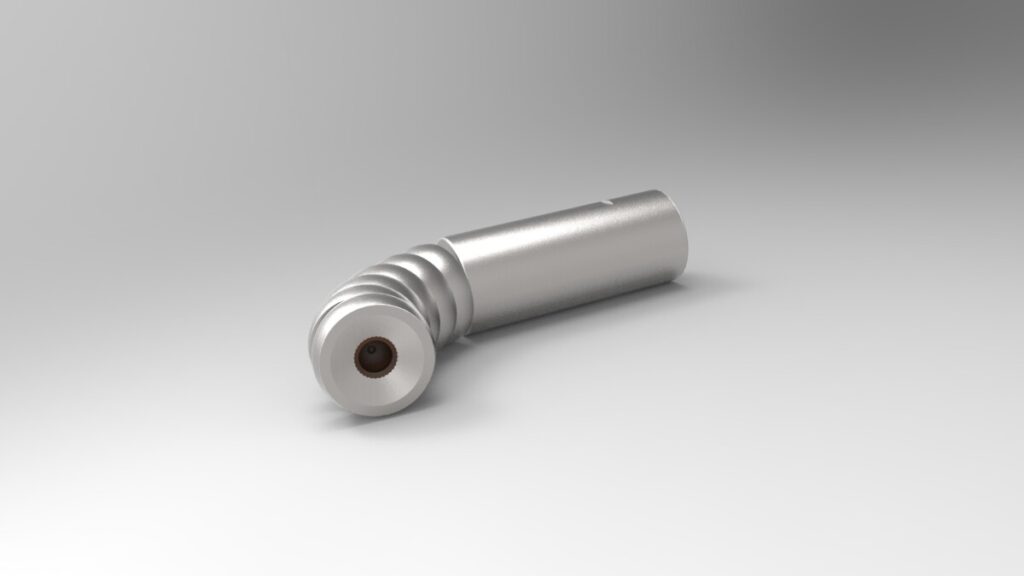
There are several different types of tube bending tools that can be used to prevent the tube from flattening or wrinkling and ensure that the bend is formed correctly. Each tooling set is designed specifically depending on the application and production requirements.
The standard tooling components are bend dies, wiper dies, clamp dies, collets and pressure dies which are essential for mandrel bending tubes and pipes. They are used to simplify the tube bending process, support the tube and help form the radius of the bend.
- A bend die is the tool which the tubes are bend around giving the centre line radius of the bend
- A clamp die applies pressure to the tube during the bending process and works in conjunction with the bend die clamp section
- A pressure die maintains pressure on the tube during the bending phase
- A wiper die is introduced for tighter radius bends and thin wall applications to stop the wrinkling from occurring on the inside of the tube
- A collet is used when tooling is being placed on a CNC bending machine to feed and rotate the tube
Mandrels:
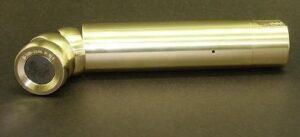
Mandrels, an important part of tube bend tooling, are used to support the internal diameter of the tube and pipe during the bending phase. Depending on the material and radii, different types of mandrels are used.
- Plug and Spoon Mandrels– suitable for thick wall pipe and tube and large Radii
- Standard Ball Mandrel – The most common mandrel for standard application
- Close Pitch Ball Mandrel – For thin wall and tight radius bending
- Ultra-Close Pitch Ball Mandrel – For ultra-thin wall and bend radii
Lubrication:
Don’t forget to apply high-pressure bending lubrication designed for mandrel tube and pipe bending applications. Delahenty has developed and range heavy duty bending oils and bending pastes called Macbend that will significantly increase tooling life, reduce machine load and improve the accuracy of bent components.
Final Note
Tube bend tooling and pipe bending tools are an essential investment to make working with tube and pipes easier. Using incorrect tooling can not only damage and waste your raw materials but also affect machine performance and your production output.
We offer a full range of tube and pipe bending tools designed and manufactured by us in Australia. To complement our bend tooling, we also offer a full range of NC and CNC bending machines for every application Australia-wide.
Call us today or visit our website to learn more!

